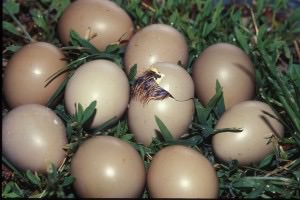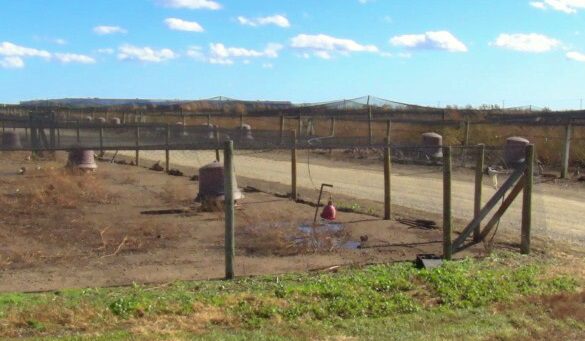Pens on our Game Bird Farm
All game bird farms are unique. They all have a certain way of doing things to increase productivity that has worked for them, and our farm is not any different. We have over 100 acres of pens that are used to provide housing to the partridges and pheasants that are shipped every year. We create each pen to provide the best possible accommodations for our birds. This begins from the dirt up.
In order to prevent disease, we rotovate the pens each year. This breaks up and turns over the soil and helps prevent any potential parasites from causing problems. We also plant lambs quarter, corn, or sorghum to provide cover for our birds.
2’ x 4’ support posts used for the pens. We also use nine wire which is stapled to the posts. The nine wire helps to back the netting, as well as prevents any damage to the netting.
Each pen is equipped with water, feed, and natural cover. We use automatic waters so that our birds have a constant source of water whether they are in the pens or in the barns. The same goes for the feeders.
The natural cover provides not only shade but protection from potential predators. The cover, along with sight barriers and an electric fence, has successfully kept our birds safe. They are not known for being spooked easily and therefore we have not had a problem with them injuring themselves.
Most of our pens have a “two door system.” Before anyone can get to the birds, they must through a minimum of two doors. This system keeps predators out, and the birds in.
As discussed in a previous post, catch pens are used for catching the pheasants. The larger pens all lead to a lane. These lanes guide the pheasants into the catching pen where they are gathered for shipping.
We use crates that are made right here on the farm. We have two different sized crates. The larger sized crates are used when it is necessary to protect the birds’ tail feathers on longer hauls. When shorter trips are needed, just around the farm, for example, smaller crates are used.
In order to move the crates, we converted a shingle conveyor into a crate conveyor. This makes the loading process much more efficient. After all, any given week, we may be loading up to 15,000 birds!
Related Posts
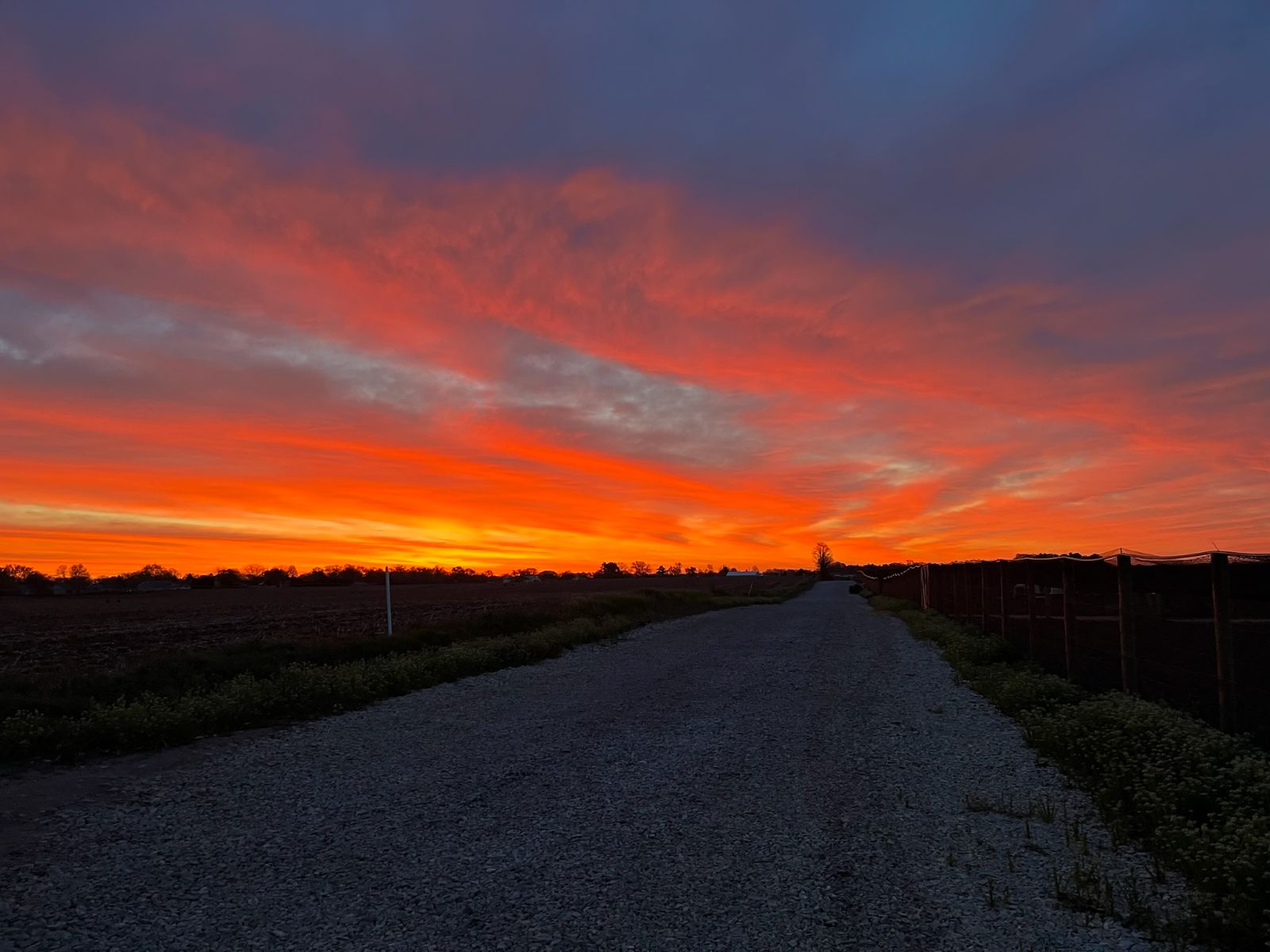
A Journey of Expansion: Jim Clark’s Legacy & Our New 16 Acres of Pheasant Pens
Read Post
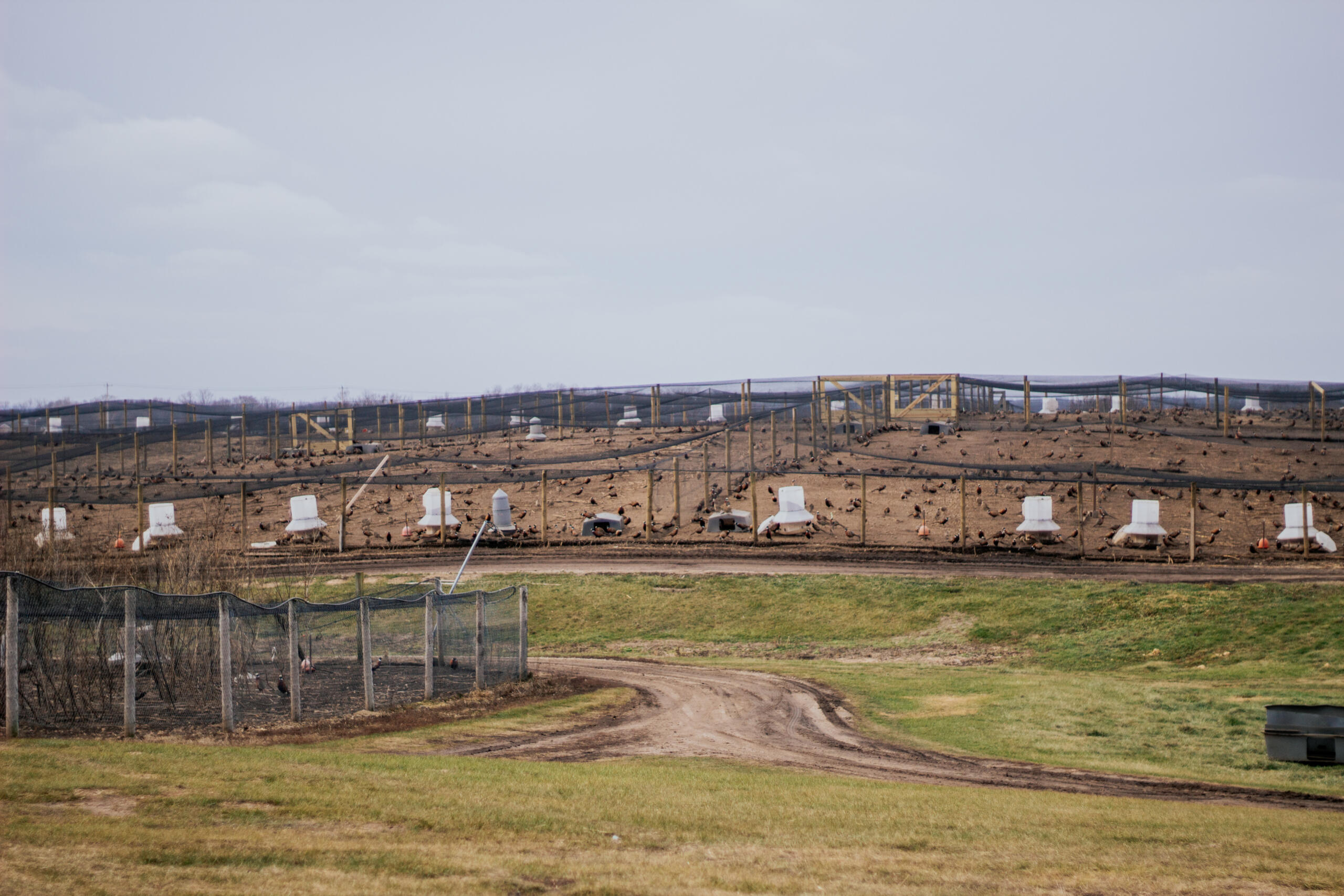
Preparing Our Barns & Pens Each Spring
Read Post
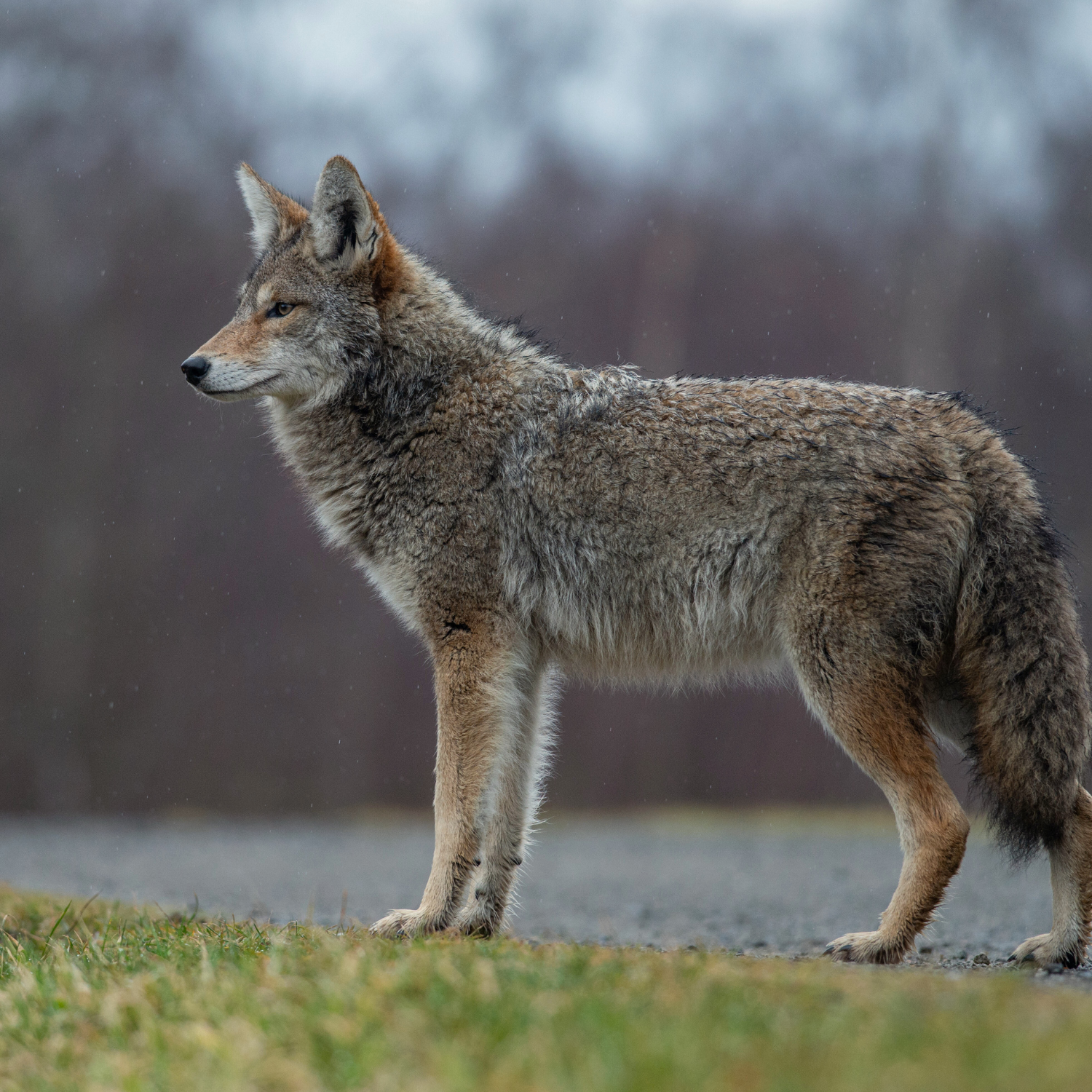
A Pheasant Farm’s Most Wanted List
Read Post
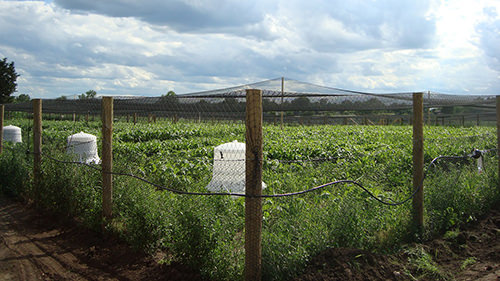
Cover Management in Flight Pens
Read Post
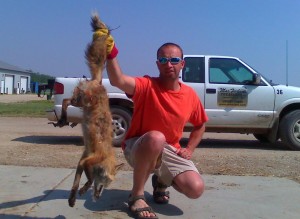
Thieves in the Night
Read Post
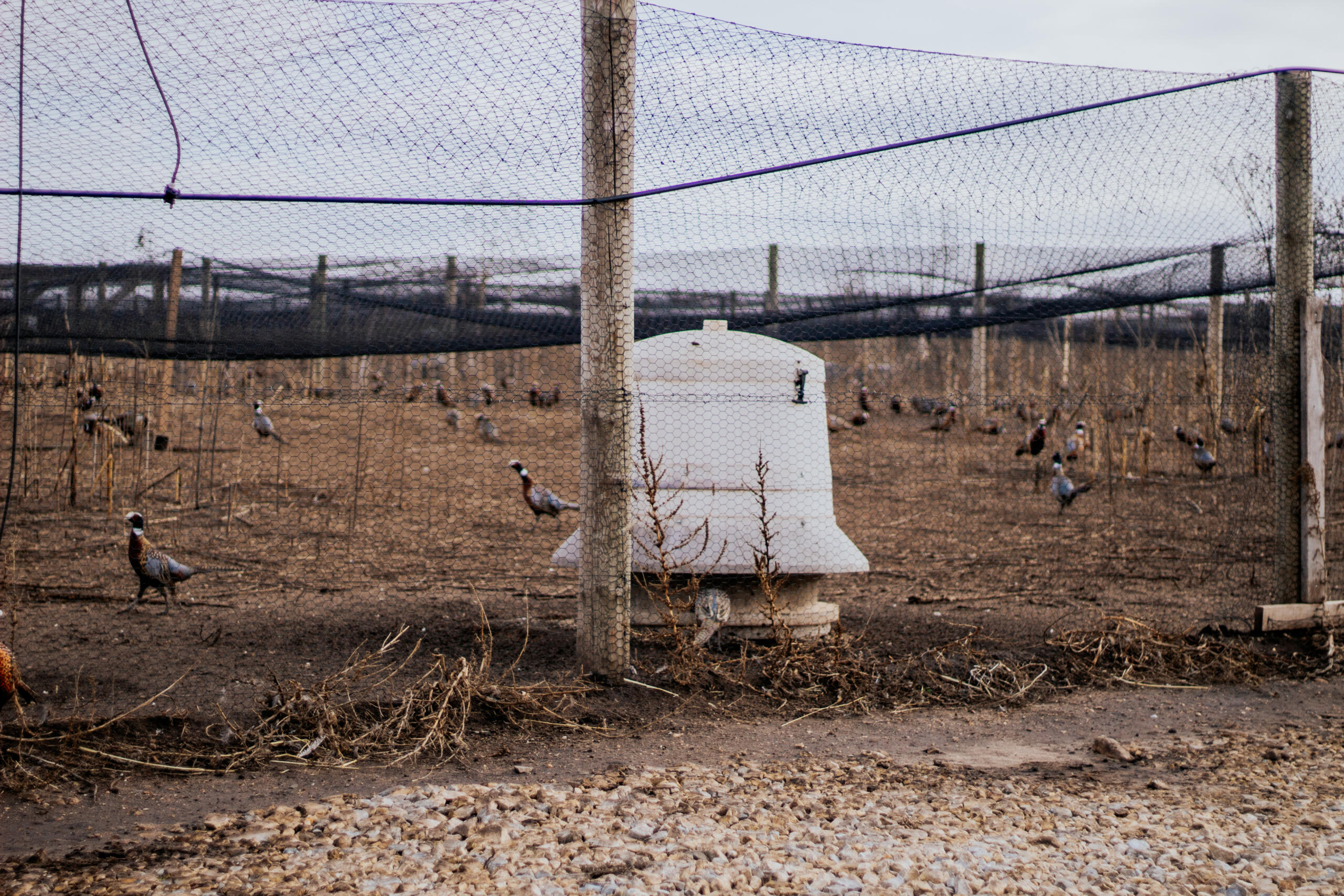
Fixing Feeder Issues in The Outside Pens
Read Post
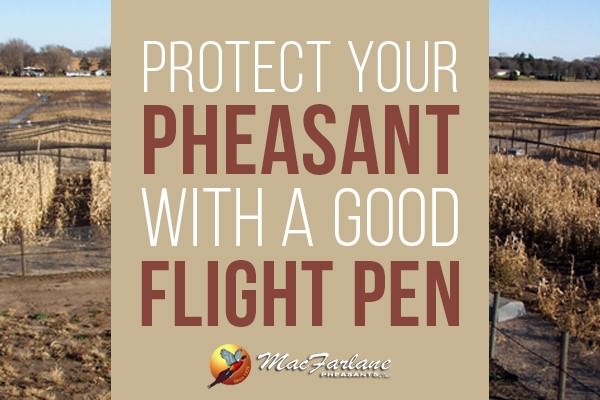
Flight Pen Mortality Protection
Read Post
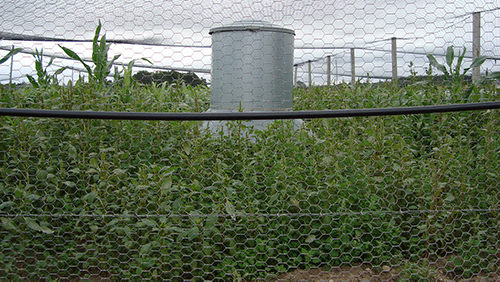
How To Construct Durable Pheasant Flight Pens
Read Post
Take Advantage of These Free Resources
As the biggest game bird farm in the United States, we want to share our experience with you. Download our free resources below and get started.

